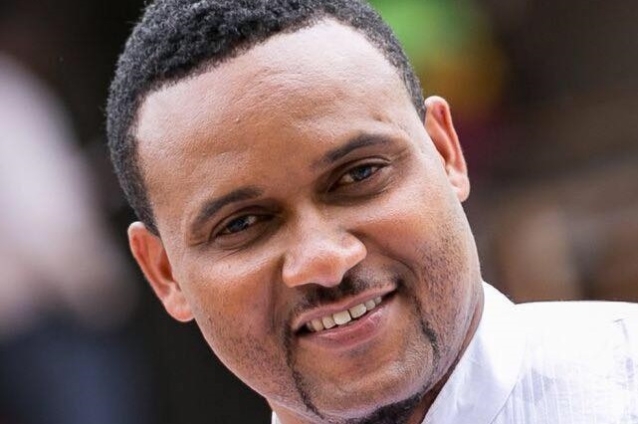
Drug giant Eli Lilly has announced a $35 (£30) cap on the monthly costs patients face for insulin in the US, responding to outcry over the soaring cost of the diabetes medication.
More than eight million Americans use insulin to control their diabetes, the American Diabetes Association says.
Last year, the US passed a law capping monthly costs at $35 for people with certain government health insurance.
But for many people with private insurance the costs remain much higher.
Eli Lilly said it would institute the cap on out-of-pocket costs for Lilly insulin users immediately as it prepares to cut the list price of two of its most commonly prescribed insulins, Humalog and Humalin, by 70% by the end of the year.
It is also dropping the list price of its non-branded insulin, Lispro, to $25 a vial, effective 1 May.
“While the current healthcare system provides access to insulin for most people with diabetes, it still does not provide affordable insulin for everyone and that needs to change,” said David A Ricks, Lilly’s Chair and CEO.
“The aggressive price cuts we’re announcing today should make a real difference.”
President Joe Biden said Lilly’s announcement was “huge news”.
He has called for a national $35 cap on monthly insulin costs, a proposal that was defeated in Congress last year.
“Last year, we capped insulin prices for seniors on Medicare, but there was more work to do,” he said in a statement. “Today, Eli Lilly is heeding my call. Others should follow.”
While Lilly is a major player in the market, the company estimates that a majority of patients use drugs from other companies.
Many face costs that can be hundreds of dollars a month or more – far higher than the norm in many other countries.
The list price – what a person without health insurance would have to pay – for a vial of Lilly’s Humalog is currently about $275.
Because insurance companies negotiate medicine prices, many patients with insurance face lower costs.
Ravi Lulla of Omaha, Nebraska did not take certain jobs – even if he really wanted to – because he needed to work for a company with good insurance that would help him access affordable insulin.
The 35-year-old told the BBC he had to leave his previous job after they changed insurance plans and his insulin rose from $30 to $300 per month.
When making career decisions, he said he always thought: “How does this affect my ability to have affordable access to insulin?”
He said news of the cap gives him some sense of security around the medication he uses to manage type 1 diabetes.
“If I get laid off or decide to pursue a career I enjoy instead of one that pays for my insulin my life isn’t in danger,” he said.
Overall, Lilly estimates that the average out-of-pocket cost for Lilly insulins has dropped to $21.80 over the last five years.
Lilly said people can access the new savings on out-of-pocket costs via their pharmacy or with a card from Lilly’s Insulin Value Program.
“We are driving for change in re-pricing older insulins, but we know that seven out of 10 Americans don’t use Lilly insulin,” Mr Ricks of Lilly said. “We are calling on policymakers, employers and others to join us in making insulin more affordable.”
Insulin costs in the US are much higher than in other countries.
For example, a 2020 Rand study found that the average price per vial of insulin in the US was more than $98 in 2018, compared with less than $7 in Australia, $12 in Canada and less than $8 in the UK.
Even after insurance discounts were taken into account, patients likely faced costs roughly four times the average elsewhere, it found.
source: graphiconline





